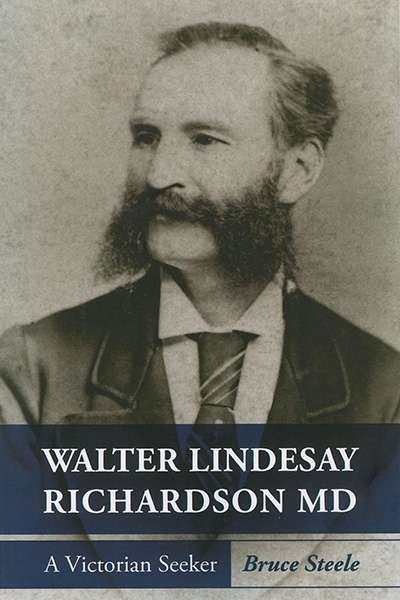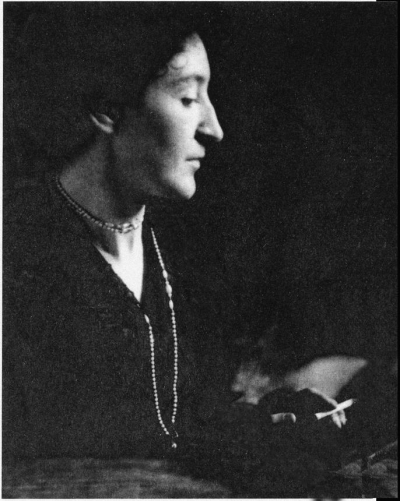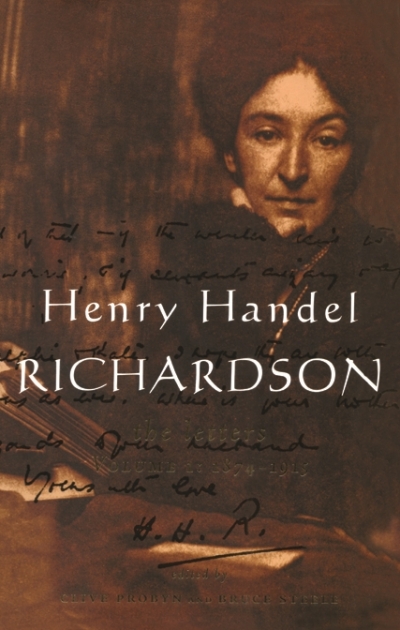Henry Handel Richardson
On an early spring evening in 1919, in a nearly empty cinema in the English seaside town of Lyme Regis, a slight, dark-haired figure slipped into a seat at the farthest edge of a row. From here, she would have a clear view of the profile of the youthful pianist who, sheltered behind a screen, accompanied the silent film. In white tie and tails, with her fair hair slicked down, the young musician could easily have passed for a boy. But Henry knew better. She had already extracted from the cinema’s owner the useful information that the pianist who gave such superlative performances night after night in the dark, sparsely filled hall was his daughter, Olga. The delicious ambiguity of the young woman’s appearance only added to the pleasure of her effortless improvisations. The soft, feminine form in its stiff, masculine garb was as enticing as the verve and finesse of the music itself.
... (read more)Walter Lindesay Richardson MD: A Victorian Seeker by Bruce Steele
It is a brilliant summer day in July 1935. The scene is a house called Green Ridges, near Hastings, Sussex. Two women, seated but not relaxed, face each other across a formal drawing room. This is the first time they have met. Nettie Palmer, Australian writer and journalist, has come to stay overnight with the novelist Henry Handel Richardson.
... (read more)The year was 1911. Four months after beginning work on a new novel, Henry Handel Richardson admitted to herself the ambitious scope of her new project: ‘I have another Colosse on hand, & it begins to grow, though slowly.’ This aptly nicknamed project was eventually to become the trilogy we know as The Fortunes of Richard Mahony, which was to occupy its author for the next twenty years. Length is not synonymous with ‘greatness’, of course. At almost eleven hundred printed pages, some readers have resented its bulk. At the same time, relatively few have had the opportunity to read the original volumes. Others have been puzzled by its combination of naturalism and allegory, and many more have been struck by an epic quality in its scope and vision. Kylie Tennant assured her readers in 1973 that ‘should any TV producer ever … take the great myth of Richard Mahony into the television medium, a new generation would discover that Mahony is not just a piece of Victorian literary furniture, but has the same weird power to grip an audience as Hamlet or Lear. For if ever there was a myth figure it was Richard Mahony.’ Richardson herself believed that her intention had been ‘to treat the chief features of colonial life in epic fashion’. Dorothy Green argued in 1970 that the novel should be seen as ‘not merely an emigrant novel of early colonial Victoria, but … [as] a part of the intellectual history of European civilisation in the nineteenth century.’ Even so, Michael Gow condensed this epic into a 66-page, two-act, domesticated playscript, performed at the Brisbane Powerhouse and the Melbourne CUB Malthouse in 2002.
... (read more)




